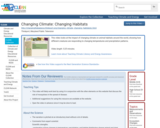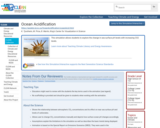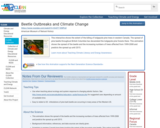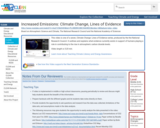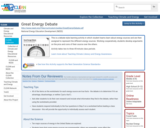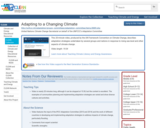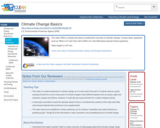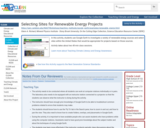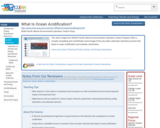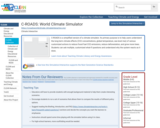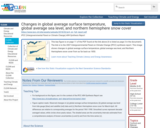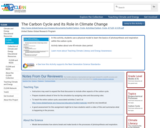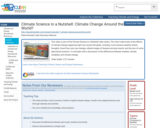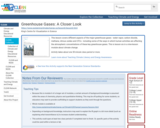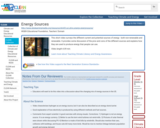
This short video surveys the different current and potential sources of energy - both non-renewable and renewable. It provides some discussion of the pros and cons of the different sources and explains how they are used to produce energy that people can use.
- Subject:
- Applied Science
- Geoscience
- Physical Science
- Technology
- Provider:
- CLEAN: Climate Literacy and Energy Awareness Network
- Provider Set:
- CLEAN: Climate Literacy and Energy Awareness Network
- Author:
- Teachers' Domain
- WGBH Educational Foundation
- Date Added:
- 02/16/2011

